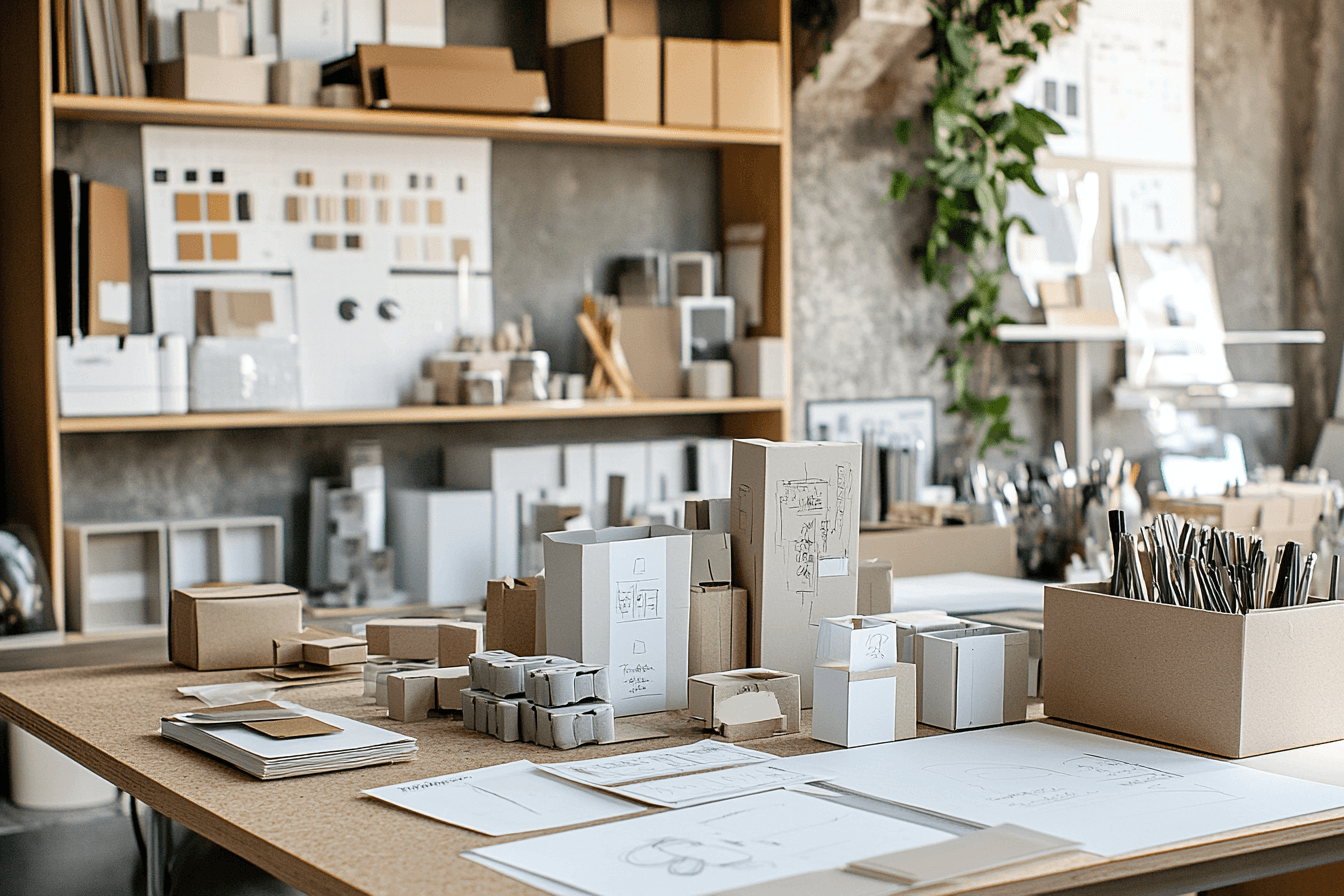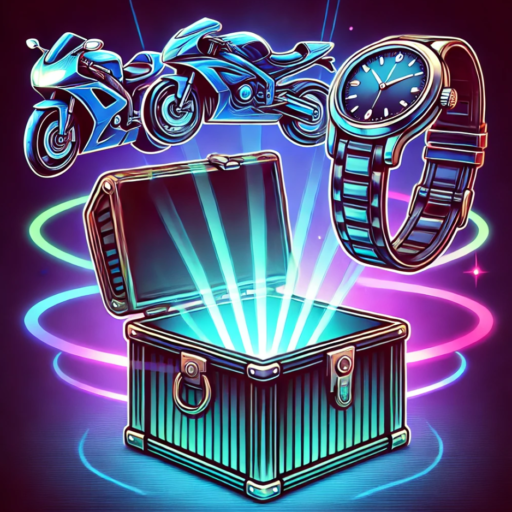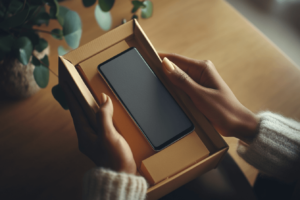Behind the scenes: designing the perfect packaging
Packaging plays a crucial role in shaping how customers perceive a brand. It’s more than just a protective layer; it’s the first impression a product makes. Well-designed packaging can influence buying decisions, communicate brand values, and create a memorable unboxing experience.
Designing the perfect packaging is a multifaceted process that blends creativity, functionality, and strategy. From selecting materials to crafting visual elements, every detail contributes to the final product. This article explores the key steps and considerations involved in creating packaging that resonates with customers.
The importance of packaging in branding
Packaging is a visual extension of a brand. It communicates the brand’s identity, values, and personality at a glance. For customers, packaging often serves as the first interaction with a product, making it a critical touchpoint.
Brands that invest in eye-catching and meaningful packaging are more likely to stand out on store shelves and online platforms. The design should align with the brand’s overall aesthetic and messaging, creating a cohesive and recognizable identity.
Beyond aesthetics, packaging is also a tool for storytelling. Through colors, shapes, and text, it can evoke emotions and build a connection with the customer. Whether it’s minimalistic elegance or vibrant playfulness, the design should reflect the essence of the brand.
How packaging influences customer decisions
Packaging has a direct impact on purchasing behavior. Customers are drawn to packaging that appeals to their preferences, stands out, and communicates value. A study found that 72% of consumers say packaging design influences their decision to purchase.
Clear, attractive packaging helps customers quickly understand what the product is and why it’s worth buying. Including key information, such as benefits and features, ensures transparency and builds trust.
Moreover, packaging that offers a unique experience such as an interactive design or reusable materials creates a lasting impression. These details can turn one-time buyers into loyal customers.
The creative process of packaging design
Designing packaging is both an art and a science. It requires collaboration between designers, marketers, and product teams to achieve a balance between creativity and practicality.
Brainstorming ideas and setting goals
The first step in the design process is brainstorming ideas and defining clear objectives. Designers consider questions such as: What message should the packaging convey? Who is the target audience? How will the product be displayed or shipped?
Understanding the customer’s needs and preferences is key. For instance, packaging for a luxury skincare product will differ significantly from that of an eco-friendly snack. Each design decision should reflect the target audience’s values and expectations.
During this phase, brands also outline budget constraints, timelines, and any specific requirements for materials or printing methods. This ensures the project stays on track from start to finish.
Choosing materials and sustainability considerations
Materials play a significant role in packaging design. They affect not only the appearance and feel of the package but also its environmental impact. With growing awareness of sustainability, many brands prioritize eco-friendly options such as biodegradable or recyclable materials.
The choice of materials depends on the product’s needs. For example, food packaging may require materials that ensure freshness, while tech products might need durable options for protection. Balancing functionality, aesthetics, and sustainability is essential in making the right choice.
Using sustainable materials can also enhance a brand’s image. Consumers increasingly favor brands that demonstrate environmental responsibility, making this an important consideration in the design process.

Visual elements that make packaging stand out
The visual design of packaging is what captures attention and communicates the brand’s message. Elements such as color, typography, and imagery must work together harmoniously to create an impactful design.
The role of color psychology
Colors have a profound effect on emotions and perceptions. They can evoke feelings of excitement, calmness, or trust, depending on the chosen palette. For instance, red is often associated with passion and energy, while blue conveys reliability and professionalism.
Brands should select colors that align with their identity and resonate with their target audience. For example, a health food brand might use earthy tones to emphasize natural ingredients, while a children’s toy brand might opt for bright and playful hues.
Consistency in color choices across all branding materials reinforces brand recognition and creates a cohesive customer experience.
Typography and its impact on perception
Typography is another critical component of packaging design. Fonts convey personality and can make a product feel modern, traditional, or playful. The font choice should match the brand’s tone while ensuring readability.
For instance, serif fonts are often seen as classic and elegant, making them suitable for luxury products. Sans-serif fonts, on the other hand, feel clean and contemporary, appealing to minimalist brands.
The placement and size of text are equally important. Key information, such as the product name and benefits, should be prominently displayed. A well-structured hierarchy guides the customer’s eye and ensures that the most important details are noticed first.
Balancing functionality and aesthetics
While visual appeal is essential, packaging must also serve practical purposes. It should protect the product, be easy to use, and provide a positive customer experience.
Ensuring practicality for the end user
Practicality involves considering how customers will interact with the packaging. For example, resealable food packaging adds convenience, while sturdy materials protect fragile items during shipping.
The design should also accommodate the product’s shape and size. Overly bulky or intricate packaging may frustrate customers and increase costs. Simple yet effective solutions are often the most successful.
Another consideration is the ease of disposal. Customers appreciate packaging that is easy to recycle or repurpose, aligning with growing environmental concerns.
Creating a memorable unboxing experience
Unboxing has become an integral part of the customer journey, especially in the age of social media. Many customers share their unboxing experiences online, turning packaging into a powerful marketing tool.
To create a memorable unboxing experience, brands can include thoughtful touches such as branded tissue paper, thank-you notes, or small freebies. These details make the customer feel valued and enhance their overall perception of the brand.
Designing for unboxing also means paying attention to how the packaging opens. Innovative designs, such as pull tabs or magnetic closures, add an element of surprise and delight.
Key takeaways from successful packaging design
Successful packaging design requires a balance between aesthetics, functionality, and brand messaging. It should resonate with the target audience, protect the product, and align with the brand’s values.
By investing in thoughtful and innovative designs, brands can create packaging that not only attracts customers but also leaves a lasting impression. From the choice of materials to the unboxing experience, every detail contributes to building a strong connection with the customer.








